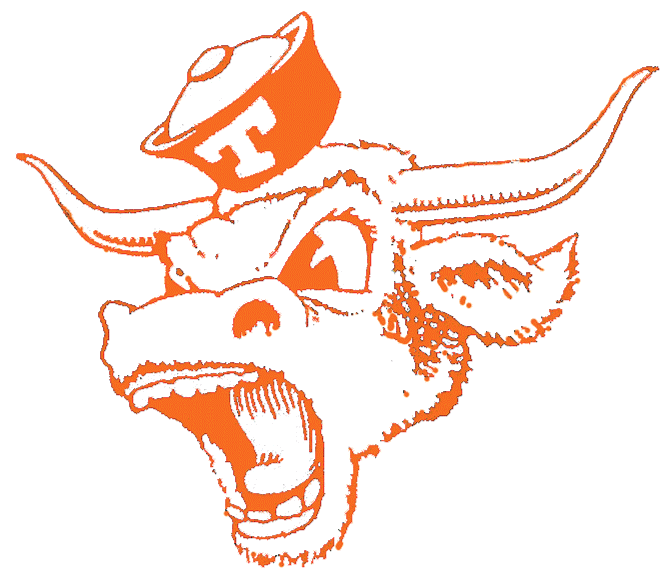Co-authorship network with ground truth (for overlapping community detection)
We construct co-authorship networks from DBLP, and Microsoft Academic Graph (MAG). Please see our paper for the citations to these two datasets.
For DBLP, each community is a group of conferences; for MAG, each community is denoted by a ‘‘field of study’’ (FOS) tag. Each author’s ground truth community distribution (\(\mathbf{\theta}\) vector) is constructed by normalizing the number of papers he/she has published in conferences in a subfield (or papers that have the FOS tag). Please read our paper for details.
We also construct bipartite version of the DBLP networks, where each node can either be an author or a paper, and the edges are between authors and papers. Please read our paper for details.
Community Structure for Different Networks
DBLP1 has 6 communities as:
- Machine Learning: NIPS, ICML, AISTATS, UAI - Theoritical Computer Science: STOC, FOCS, SODA, COLT, ITCS, RANDOM, ICALP, ISAAC - Data Mining: KDD, ICDM, CIKM, SDM, WSDM, RecSys - Computer Vision: CVPR, ICCV, ECCV, ICIP - Artificial Intelligence: AAAI, IJCAI - Natural Language Processing: ACL, NAACL, EMNLP, CONLL, COLING, EACL, SIGIR
DBLP2 has 3 communities as:
- Networking and Communications: INFOCOM, GLOBECOM, ICC - Systems: OSDI, SOSP, NSDI, SIGCOMM, MOBICOM, MOBISYS, CONEXT, ATC - Information Theory: ISIT, ITA, SIGMETRICS, MOBIHOC
DBLP3 has 3 communities as:
- Databases: VLDB, SIGMOD, PODS, CIKM, ICDE - Data Mining: KDD, ICDM, SDM, SIGIR - World Web Wide: WWW, WSDM, WINE, ICWSM
DBLP4 has 3 communities as:
- Programming Languages: PLDI, POPL, OOPSLA, ICLP, ESOP, ICFP - Software Engineering: FSE, ICSE, ASE/KBSE - Formal Methods: CAV, FM, SAS, FMSD, IFM, ICFEM, FORTE, CADE, TABLEAUX, LPAR
DBLP5 has 4 communities as:
- Computer Architecture: ASPLOS, ISCA, MICRO, HPCA - Computer Hardware: FPGA, CHES, ICCD, ISLPED, ASAP, ISPD - Real-time and Embedded Systems: RTSS, RTAS, ECRTS, MODELS, LCTRTS, CASES, EMSOFT, SCOPES - Computeraided Design: DAC, ICCAD, DATE, ASPDAC
MAG1 has 3 communities as:
- Computational Biology and Bioinformatics - Organic Chemistry - Genetics
MAG2 has 3 communities as:
- Machine Learning - Artificial Intelligence - Mathematical Optimization
Data Format
For each network, there are two txt files:
Adjacency Matrix \(\mathbf{A}\in\mathbb{R}^{n\times n}\):
each row of the txt file is ‘‘Node_ID_1 Node_ID_2’’, representing an edge between Node_ID_1 and Node_ID_2
Community Groud Truth \(\mathbf{\Theta}\in\mathbb{R}^{n\times K}\):
Sparse Matrix Format, each row of the txt file is ‘‘Row_\(i\) Column_\(j\) Value_\(\mathbf{\Theta}_{ij}\)’’
Download
The data can be downloaded from here. The bipartite version of DBLP networks can be downloaded from here.
Seperate files:
DBLP1_bipartite: [Adjacency Matrix] [Community Matrix]
DBLP2_bipartite: [Adjacency Matrix] [Community Matrix]
DBLP3_bipartite: [Adjacency Matrix] [Community Matrix]
DBLP4_bipartite: [Adjacency Matrix] [Community Matrix]
DBLP5_bipartite: [Adjacency Matrix] [Community Matrix]
Code
The matlab implementation of GeoNMF in our paper can be downloaded from here.
The matlab implementation of SPACL in our paper can be downloaded from here.
Citation
Xueyu Mao, Purnamrita Sarkar, and Deepayan Chakrabart, ‘‘On Mixed Memberships and Symmetric Nonnegative Matrix Factorizations’’, in Proceedings of the 34th International Conference on Machine Learning, PMLR 70:2324-2333, 2017. [BibTeX]
Xueyu Mao, Purnamrita Sarkar, and Deepayan Chakrabart, ‘‘Estimating Mixed Memberships with Sharp Eigenvector Deviations’’, Journal of the American Statistical Association, DOI: 10.1080/01621459.2020.1751645 [BibTeX]
